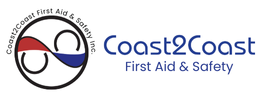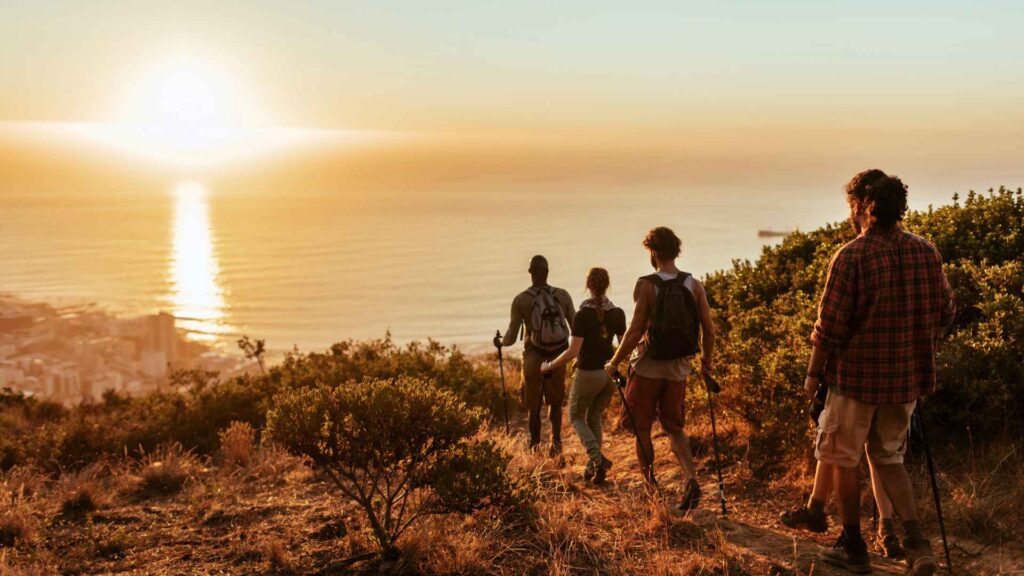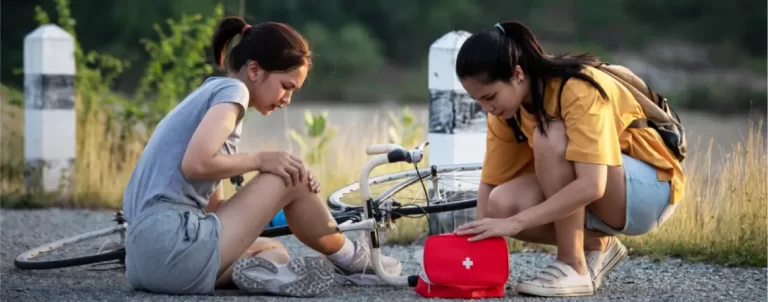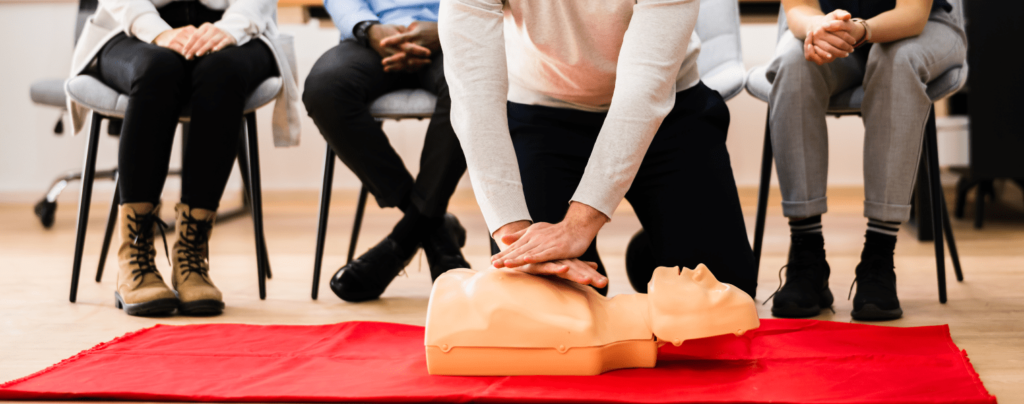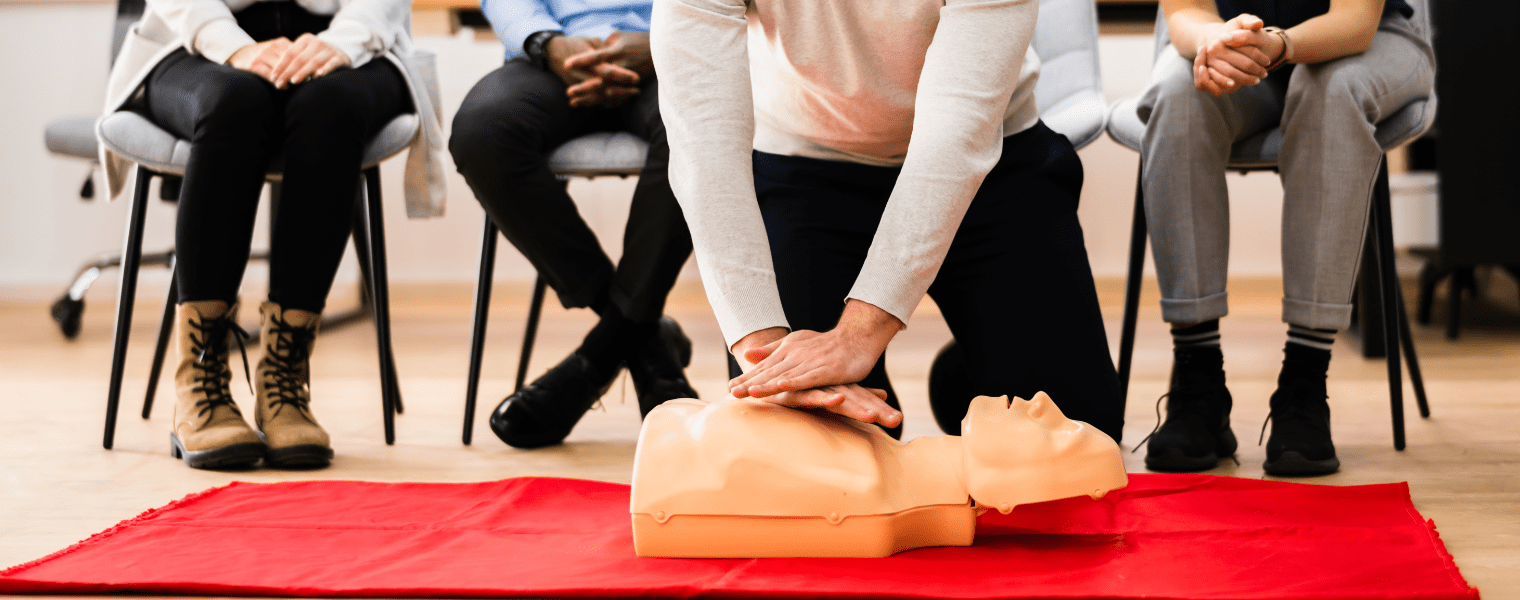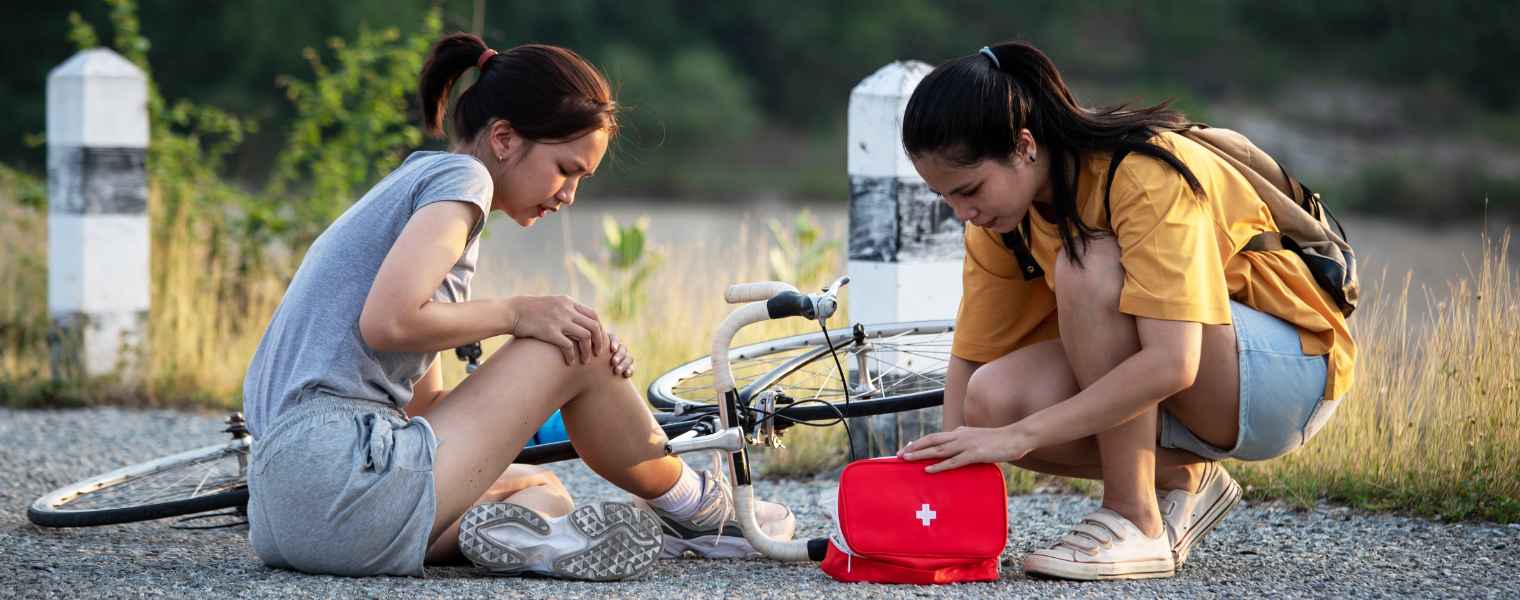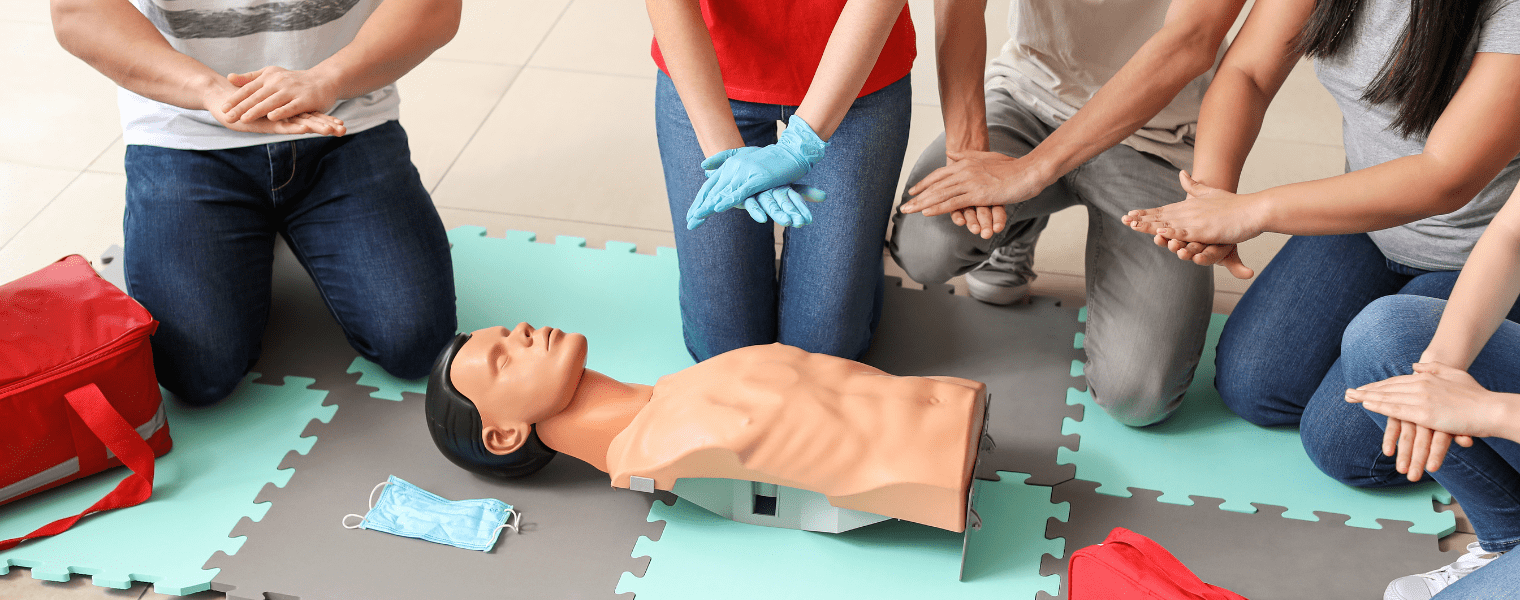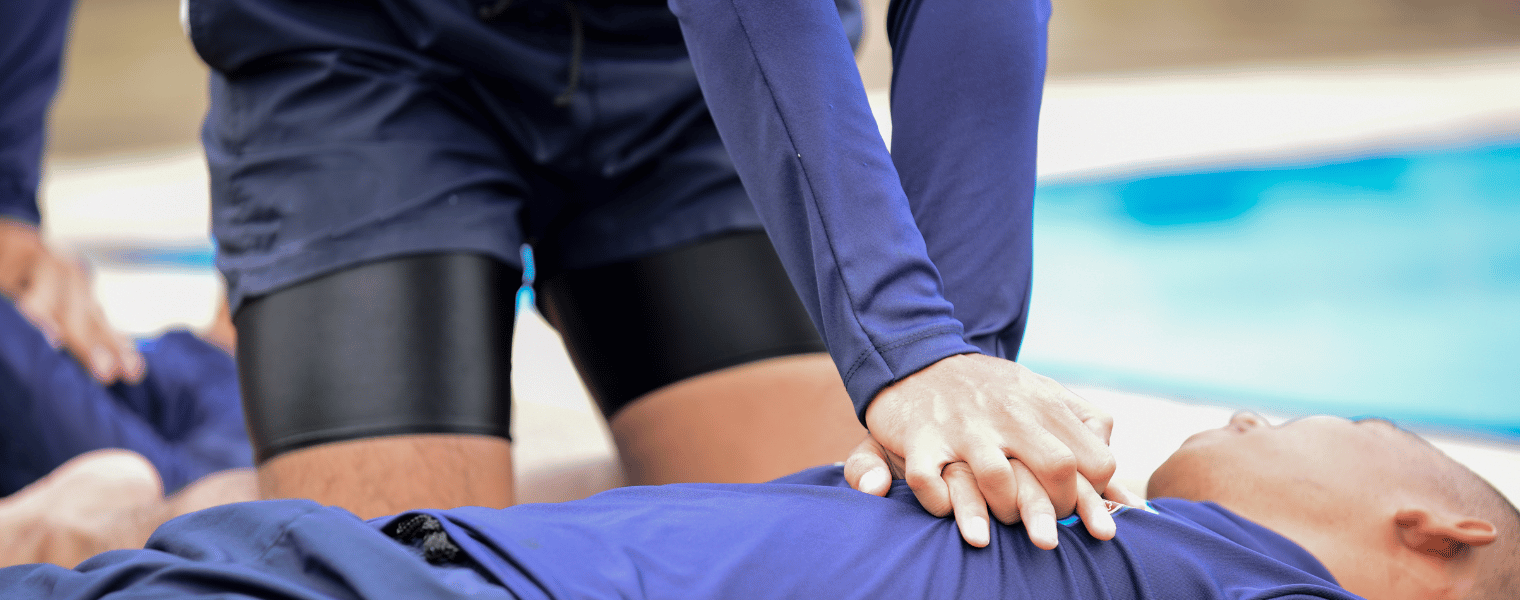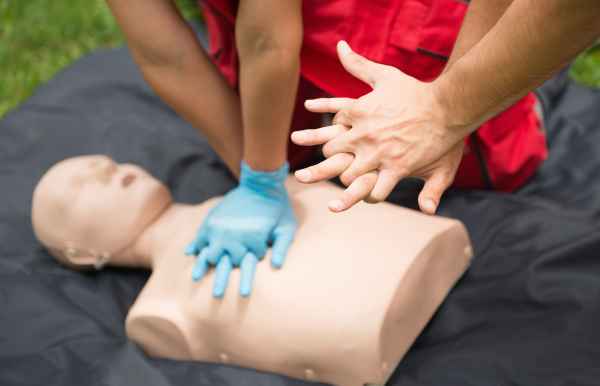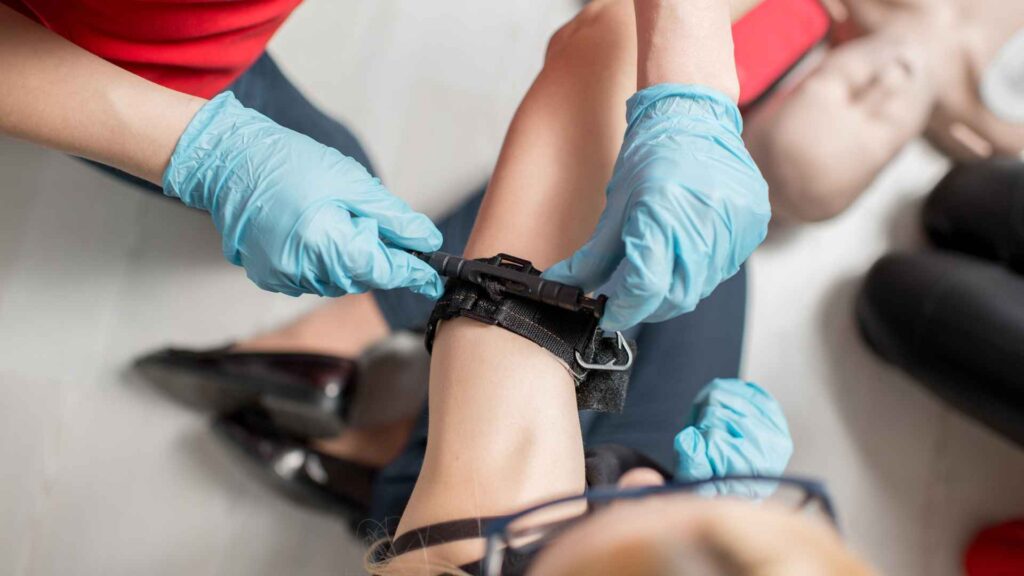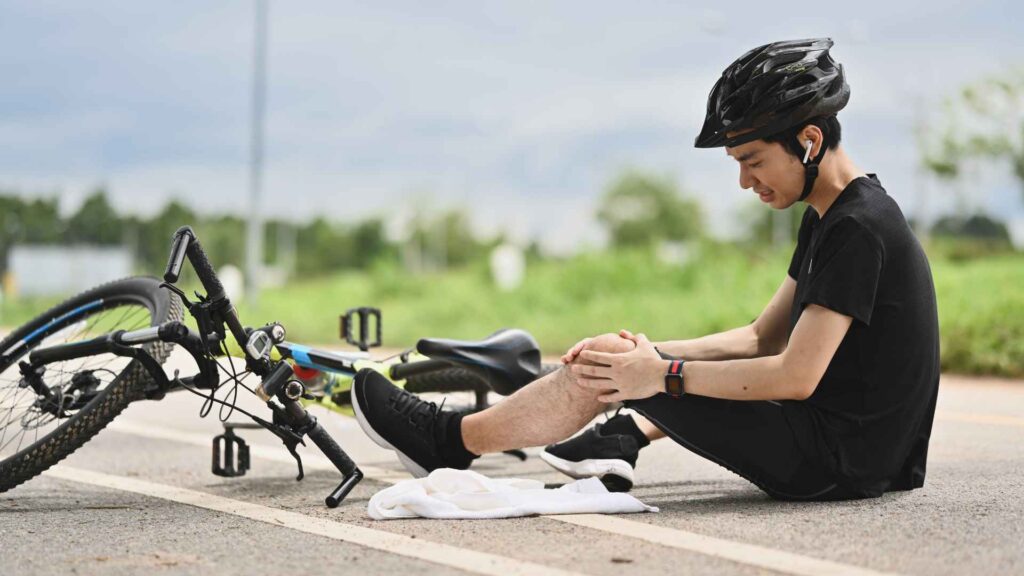As the days grow longer and the air gets warmer, there’s no better time to escape the routine and immerse yourself in the natural beauty that surrounds us. Hiking, a very accessible outdoor activity, yields both adventure as well as tranquility, be it exploring lush forests, arid deserts, or coastal ridges. For Southern Californians, many trails are awaiting exploration. This is especially true for many people in Los Angeles, as well as those near Long Beach, just within a short drive.
But hiking, while incredibly rewarding, is not without its risks. Each year, more than 59 million Americans take to the trails, and while most return safely, thousands experience preventable injuries or require rescue. In California alone, over 3,000 search with rescue incidents were reported in 2023—many involving hikers unprepared for terrain, as well as weather changes, or medical emergencies.
So how can you completely and thoroughly enjoy the magic of the trail while minimizing risks? It starts from preparation—knowing what to expect as well as what to bring. In addition to this, it is about how to respond when things don’t go as planned.
Why Hiking is More Than Just a Walk in Nature
Hiking may seem quite simple—just walking through nature, right? However, truly, it is quite a vigorous bodily episode, as well as notably cognitive. It tests your physique through height gains, diverse ground, plus great lengths, while providing a respite for your thoughts. Studies show that hiking improves cardiovascular health, helps build muscle, and even enhances mental clarity and emotional resilience.
Physically, hiking effectively engages most major muscle groups in both legs, core, as well as the back, while also greatly improving balance and coordination as you navigate those rocks, roots, and more uneven paths. Mentally, it often helps to substantially reduce stress. It can increase original thinking as well as properly regulate sleep cycles, especially due to the increased exposure to sunlight and to vitamin D.
Emotionally, the act of climbing up a hill, reaching for a summit, or just completing by a trail can increase in self-regard as well as provide for a feeling of accomplishment. Disconnecting from each of the screens, as well as reconnecting to each of the natural world, offers a truly special kind of mental reset. It is something that more and more people are seeking within today’s genuinely fast-paced, tech-driven society.

Common Types of Hiking You Might Encounter
Hiking isn’t just about only one activity—it comes in many of forms. A short, pretty path could just take sixty minutes or twice that, but a hard peak climb or overnight backpacking trek needs fitness training and logistical prep. A few people certainly like hikes to waterfalls, others favor alpine ascents, in addition to some mixing hiking with swims, scrambles, or summits. A range of hiking styles means something exists for everyone. Indeed, there’s truly something for everyone.
In Southern California, one can hike coastal bluffs in the morning and mountain peaks in the afternoon. The region’s special geography makes it ideal for a wide range of experiences, whether you’re hiking solo, with a group, or with your dog in tow in it.
Essential Preparation: Gear, Food, and Safety
Before heading out on any hike—no matter how short—there are a few essential items you should always carry. Start with the basics: sun protection (including sunscreen, sunglasses, and a wide-brimmed hat), appropriate clothing, and sturdy hiking boots. Layering is key, especially in California, where mornings can start cool and quickly warm up. Moisture-wicking shirts, lightweight hiking pants, and wool or synthetic socks are ideal for comfort and protection.
Hydration is absolutely critical. Dehydration is one of the most common medical emergencies on the trail, especially during Southern California’s hot, dry months. Carry enough water for the entire trip—at least half a liter per hour—and consider bringing a water filter or purification tablets in case you need to refill from natural sources like creeks or rivers. High-energy snacks such as trail mix, protein bars, and dried fruit can keep your energy up without weighing down your pack.
It’s also smart to carry a lightweight but well-stocked first aid kit. Include essentials like bandages, antiseptic wipes, tweezers, and blister treatments. A flashlight or headlamp with extra batteries is a must-have—even if you don’t plan to be out after dark, delays happen. Navigation tools like a map, compass, or GPS device should be included as well, especially on unfamiliar trails.

Register for CPR or First Aid Training
Critical Hiking Skills Everyone Should Know
Preparation goes beyond mere possession of gear, extending to skills in the proper use of the same. Full knowledge of reading any map and the use of a compass can be a lifesaver. This will happen if you go off the trail or lose the service which is common in remote areas, to find where you are.Grasping basic fire safety practices along with knowing how to purify water fully, as well as how to spot warning signs pertaining to weather changes, makes your whole experience safer and far more fun.
Perhaps most importantly, hikers should have a basic knowledge of first aid. Sprains, blisters, heat exhaustion, as well as insect bites are common on the trail, and knowing of how to respond can prevent minor issues from escalating into emergencies. In the event that you’re currently planning to fully explore each of the trails all around Los Angeles or even Long Beach, consider then taking a certified first aid course just before your next big hike. First Aid and CPR can be learned in a variety of programs. They are designed for most outdoor scenarios.
This brief video from Mayo Clinic, demonstrates effective techniques for preventing and managing ankle sprains on the trail, making it a valuable addition to your blog content.
Hiking Risks and How to Handle Them
While hiking is generally safe, be mindful of typical hazards. Sunburn is a frequent problem in California’s sunshine, so use sunscreen often and dress to protect yourself. Heat-related illnesses like dehydration and heat stroke can sneak up quickly—drink water often, rest in the shade when needed, and avoid hiking in the peak heat of the day.
Altitude sickness can occur on higher elevation hikes like Mount Baldy or San Jacinto, especially if you ascend too quickly. If you feel dizzy, fatigued, or short of breath, descend immediately. Blisters are also another nuisance that can ruin a hike, thus be sure to wear broken-in footwear as well as change socks if they do become damp.
Hiking requires further extra caution for many of those with multiple medical conditions. These conditions include asthma or diabetes. Be certain to pack every medication needed, inform the hiking group of your needs, and monitor your feelings on the trek. Likewise, those who have heart problems—ask your physician first, pick paths carefully, as well as do not go past what you can handle.

Best Times to Hike in Southern California
Timing your hike can make a huge difference. Spring and fall are often considered the best seasons for hiking in the Los Angeles area. The weather is milder, trails are less crowded, and the scenery—wildflowers in spring, golden foliage in fall—is spectacular.
Summer hikes are popular, requiring you to get out early because the midday heat in the canyons and desert can be pretty brutal. Winter hiking isn’t as popular but can be done, so it’s lower elevation areas or along coastal trails. Take care on slippery paths after rain and don’t go too far into a snow-covered area unless you’re well equipped.
Top Hiking Trails Near Los Angeles to Explore
Southern California offers up an abundance of scenic trails with all skill levels. When searching for relatively easy trails, Temescal Canyon within Pacific Palisades is a great choice, featuring ocean scenery and also a medium ascent. In Pasadena, Eaton Canyon is generally liked; additionally, it often goes to falls by way of a dim canyon.
More experienced hikers might enjoy Sandstone Peak, the highest point in the Santa Monica Mountains, or Echo Mountain via the Sam Merrill Trail, which combines history and panoramic views. For a full-body challenge, try Mount Baldy—clocking in at over 10,000 feet, it’s the tallest peak in L.A. County.

First Aid Training: A Smart Move for Every Hiker
Even with all of the very best planning, emergencies still can happen. That is why learning of first aid is one of the smartest things any outdoor enthusiast can do. Irrespective of whether you’re dealing with a twisted ankle, along with a more serious medical situation, having confidence to act rapidly as well as correctly can make quite a difference.
Coast2Coast gives thorough First Aid & CPR/AED courses within Los Angeles and also Long Beach. These courses are rather ideal indeed for hikers and outdoor professionals. These courses are likewise ideal for anyone who spends time in nature. You’ll gain very large hands-on experience in the managing of injuries as well as in responding to emergencies, along with the using of life-saving tools effectively.
Respect the Trail, Respect Yourself
Hiking is a very good means of holistic body exercise, a way to challenge the human with a return to the natural world, and an activity that can provide a breakaway from the noisy life people have daily. However, every step into the wild also needs to be taken with responsibility. In case you pack carefully, acquire proper techniques, understand your limitations, then each and every hike will be memorable and safe. So inspect your gear one last time before hitting the trail; familiarize yourself with the trail and perhaps take that first aid course as well. With knowledge and foresight, the unexplored trail in Southern California is waiting – with terrific sceneries, personal conquests, and even self-discovery along the way.
Hiking and happy trails, but be safe out there!
